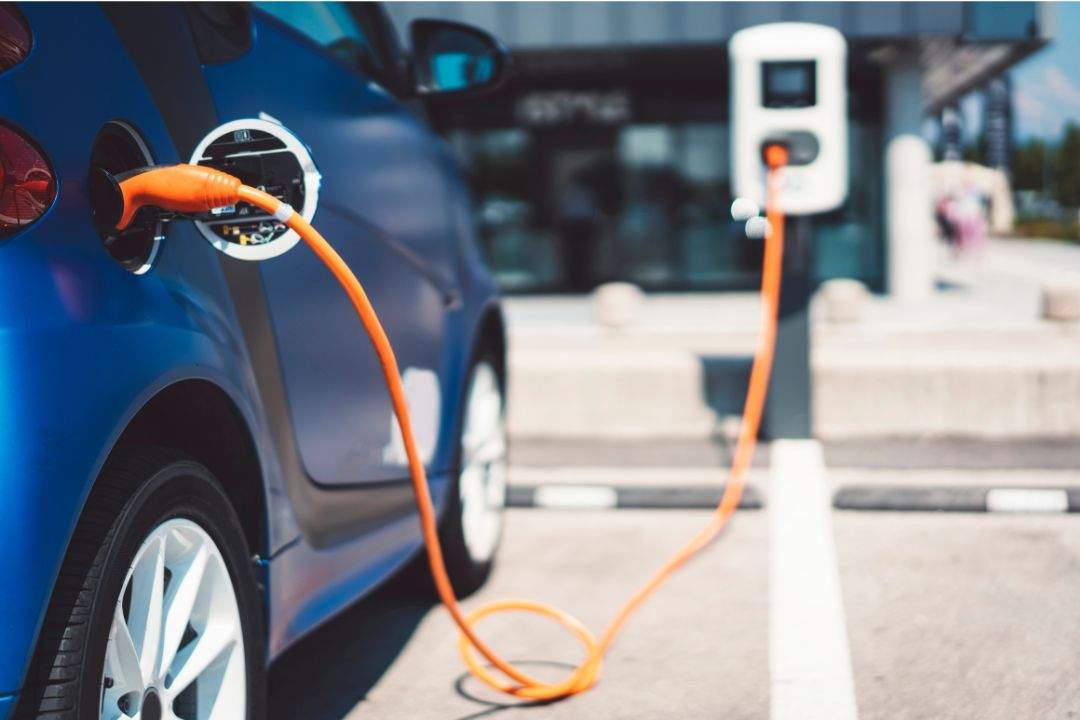Table of Contents
Whether you’re getting a new vehicle from a dealership or are considering placing a bid on NC public car auctions, you might have wondered about the journey of the automobile itself and how we’ve reached the current automotive landscape. After all, the car has come quite far since its humble beginnings as a horse-drawn carriage.
It has changed and evolved over the years into a sleek and efficient mode of transportation that has changed the way we live and work. From the advent of the internal combustion engine to the rise of electric vehicles, the car has undergone countless transformations to become what it is today.
As we continue to move toward a more sustainable future, electric cars are becoming increasingly popular, marking yet another milestone in the evolution of the car. Today we’re going to explore the long and fascinating history of the car, from its early days as a luxury item for the wealthy to its current status as an essential component of everyday life for millions worldwide.
The Earliest People Movers
Humans have a history of horseback riding that goes back thousands of years and encompasses countless cultures. The next evolution in movement, horse-drawn carriages, have a rich history that spans almost as far back. These horse-drawn vehicles were once the primary mode of transportation for people all over the world, ranging from basic two-wheeled carts to luxurious four-wheeled coaches.
The earliest of carriages date back to ancient times, with two-wheeled animal-drawn carts dating back to between 3000 to 2500 BC in the ancient Indus Valley civilizations of Harappa, Mohenjo Daro, and Chanhu. These carts were designed for a driver and were drawn by oxen or water buffalos.
The Dawn of Automobiles
The history of automobiles dates back to the late 1700s, when the earliest automobile concepts were made, planned to be powered by steam. Although steam had been used to power trains for years by then, it wasn’t until the 1870s that it became more practical for small vehicles. Despite some improvements though, steam-powered vehicles were still slow to start and had a limited range.
In the early 1800s, inventors worldwide started building electric-powered buggies. By the end of the century, vehicles that were much closer to modern-day electric cars had been developed by inventors in England and France. This invention generated a lot of interest in America, and within ten years, electric vehicles accounted for a third of all vehicles in the United States.
The Evolution of Automobiles
While the earliest automobiles were powered by steam engines dating back to the 1700s, and electric ones starting in the 1800s, Karl Benz truly revolutionized the industry with his invention of the first gas-powered car in 1885. His initial model, which had just three wheels and sat two people, received a patent in 1886. Four-wheeled gas-powered cars followed soon after, introduced in 1891.
Electric vehicles at the time were well on their way to becoming the norm, but they were often prohibitively expensive for the middle class. It wasn’t until the launch of Henry Ford’s 1908 Model T that automobiles started to take on a more contemporary form. Thanks to Ford’s creation of the assembly line, the gas-powered Model T could be produced en masse and became increasingly affordable for the general population.
Ford had initially been developing a better battery for electric vehicles with Thomas Edison, but the Model T’s success stopped work on that project. Another key factor that contributed to the rise of gas-powered vehicles was the invention of the electric starter in 1912, which eliminated the need to hand-crank gas-powered vehicles, making them much more convenient to drive.
Once oil deposits were discovered in Texas and gas became cheap, gas-powered vehicle sales began to surge. The rest, as they say, is history. The evolution of the automobile is a testament to human innovation and our never-ending desire for better, faster, and more convenient modes of transportation.
The Rise of the Modern Car
The evolution of the automobile has come a long way since its humble beginnings. With the advent of mass production came new features that transformed the driving experience. Speedometers, seatbelts, windshields, and rearview mirrors were among the first features to be introduced.
Turn signals were not added to cars until 1939, when Buick introduced them. This was after the first car with electric windows and air conditioning. As cars became more advanced, they began to include features like power steering in 1951, cruise control in 1957, three-point seatbelts in 1959, and heated seats in 1966.
In 1973, Oldsmobile introduced the first passenger airbag, making cars even safer for passengers. Over 20 years later, in 1998, congress mandated that all passenger vehicles come standard with dual frontal airbags.
In the late 80s and early 90s, keyless entry systems, electric doors and windows, and tape/CD players became standard features in cars. This was about the time when technology became a big selling point for car manufacturers.
The Automotive Landscape Today
Cars today are more advanced than ever before, with features like lane departure warnings, backup cameras, and adaptive cruise control. They’re also becoming more sustainable, with gas-powered vehicles becoming increasingly efficient and hybrids and EVs becoming more common in the market. On top of this, self-driving cars are also becoming more common, promising to revolutionize the way we think about transportation.
The evolution of the automobile has been a continuous process of innovation and improvement. With each new advancement, cars become safer, more comfortable, and more technologically advanced. As we move towards a greener future, it will be exciting to see what new features and technologies will be added to the cars of tomorrow.
If you’re in the market for an automobile of your own, consider trying to bid on NC public car auctions, like those held by SCA auctions. These auctions are an excellent way to potentially save plenty of money on the car you’ve always wanted.
